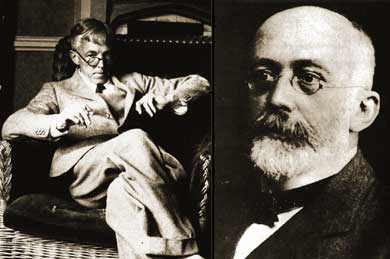The most memorable part of the week was the Hardy Weinberg equilibrium “game”. We did an “experiment” in class where we each had two black cards and two red cards representing the dominate and recessive alleles. We would randomly select a card from out “mate” and if we got two red we would be a homogeneous recessive, if we got one black one red we were a heterozygote, and two black we were homogeneous dominate. We would repeat this process for 5 generations. After that we would calculate the p and q frequencies. The first round our class did the experiment perfectly. We had a perfect population. The main idea of this exercise was to demonstrate Big Idea 3, part C which talks about genotypes and how they can affect phenotypes and effect evolution.
I found this unit not too hard to grasp. I understand the main idea of it but all the math and charts made no sense what so ever to me. People were throwing out numbers and things like that and I had no idea what was going on. There are problems, like the ones I didn’t understand, in the packet for this weekend, so I hope if I work through them I will get it. Other than that this was a pretty low key week but the mating game was fun and good way to understand Hardy Weinberg equilibrium.




